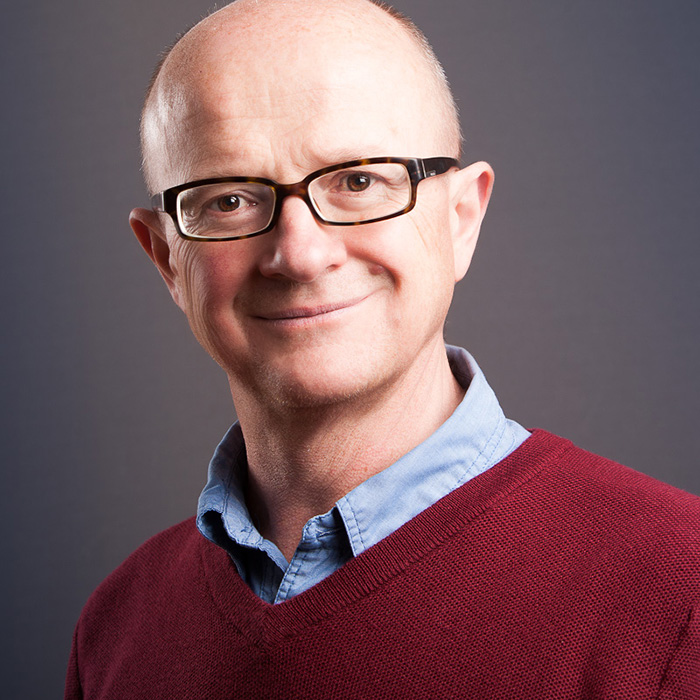The research and study of the optical and electronic manifestations of handedness (chirality) in natural and artificial substances, leading to the development of new diagnostic tools for life sciences.

Tier 1
Chiral Photonics
Chirality refers to the handedness of matter - the fact that some three-dimensional objects are not symmetrical, and are not completely identical to their image in a mirror. This is the case of our right and left hands, and is also the case of most molecules encountered in living organisms. One of the mysteries of life is that natural molecules are found only with one single handedness - left or right, but never both.
Despite their huge similarity, left- and right-handed molecules can have radically different properties when involved in a biochemical reaction. Drugs, too: thalidomide, for instance, can be useful in some medical treatments, but is poison when its handedness is reversed. This kind of thing is what makes handedness such an intriguing feature.
Physicists have studied chiral molecules for a long time, and among the physical techniques, optical properties have always been of paramount importance. These properties, cast under the generic name of "natural optical activity" have been known for more than a century. Jean-Michel Nunzi studies the photonic and electronic properties of materials. A pioneer of using light to create order and structure in organic materials, Nunzi, with the help of coworkers, designs and builds devices that exploit the optical, magnetic, and electronic properties of chiral materials in the design of sensors for bio-technologies and diagnostics in medicine.
In his current research as the Canada Research Chair in Photonics for Life, Nunzi is working on optical diagnostic tools to recognize and identify chiral substances at a microscopic scale. These tools will be used to study how chirality appears, starting from non-chiral substances, and how it extends to bulk materials. His ultimate goal is to find a way to exploit chirality at the scale of nanometres (billionth of metre) to build complex structures and devices for electronics and photonics.